After our visit to Jiufen, it was back again to our bus for the nearly hour-long, 27-km. drive to the Pingxi District of New Taipei City where we were to participate in the beloved local tradition that has been practiced for over hundreds of years in Shifen – building and flying sky lanterns, symbols of peace and good fortune. Shifen, a historic and remote, hillside coal mining town, is one of several towns alongside Highway 106, a narrow back road that runs between southern Taipei and southern Keelung. It is the only place where lanterns can be released in Taiwan.
Check out “Jiufen Old Street“
This fascinating and creative practice is believed by the locals to bring good health and fortune. Sky lanterns, essentially hot air balloons made mostly of rice paper, were introduced to Taiwan from China in the nineteenth century. Being isolated by mountains all around, the Pingxi area was prone to banditry, and the sky lanterns were used as a signaling system for those living and working in the railroad industry to warn their women and children to run into the mountains for safety or to signal when it was safe to return.
They soon developed into a form of prayer, and have been released annually around Chinese New Year for generations. Today, your wishes and prayers are painted onto the sky lantern before being released towards the sky.
As our bus approached Shifen, we could already see dozens of these sky lanterns floating in the now gloomy sky and, as we reached Pingxi, it was raining heavily. Still, despite the wet conditions, the streets were still filled with tourists and locals eager to release their own lanterns into the sky.
Upon alighting from the bus, Vincent Chen, our Eagle Tour guide, directed us to the tracks of the Pingxi Small Railway Line , one of three remaining open, from the Japanese Colonial era and, by far, the most accessible for short-term visitors to Taiwan. Shifen, the first main stop of trains coming from Sandiaoling, is the only place remaining in Taiwan where the train passes just a few meters from the road on either side.
The narrow gauge railway tracks are lined, on both sides, by lantern shops (visitors can get a lantern for around NT$150), which also doubles as souvenir shops, and eateries.
The shops were also crowded with tourists, mostly decorating sky lanterns and awaiting their turn for release. At one shop, we were assigned to lanterns on racks where we were asked to write down, using paint brushes and black ink, our wishes on the four sides of the lanterns, not forgetting to write down our names. It’s believed our wishes will be sent to the heaven.
The shopkeepers taught us how to launch the lantern and also offered to take photos of us launching our lantern. However, before we could do so, we had to wait for a break in the rain. Once we were cleared to launch, the lamp inside the lantern was lit by the shopkeeper and we finally released our lantern from the tracks itself.
The annual, 3-day Pingxi Sky Lantern Festival, the biggest lantern festival in Taiwan, is celebrated the night of the first full moon of the lunar year. The festival, originated from settlers from southern China who migrated to Pingxi in the era of the Qing Dynasty, made it to the list of Fodor’s Festivals To Attend Before You Die and is also one of 52 Things To Do by CNN. Attracting more than 100,000 visitors, thousands of paper sky lanterns, released by villagers, light the skies of Pingxi District during the festival.
How to Get There: From Taipei’s Ruifang Station, you can catch a train to Pingxi. Many shuttle buses to Pingxi, departing from the Muzha MRT station, are also operated by tour operators in the capital. There are also many taxis operating the Taipei-Shifen route. One-way costs about 1,000 NTD (US$33).
Eagle Tours: +886-910-130-180 (Mr. Vincent Chen) and +886-932-013-880 (Ms. Joyce Chen).

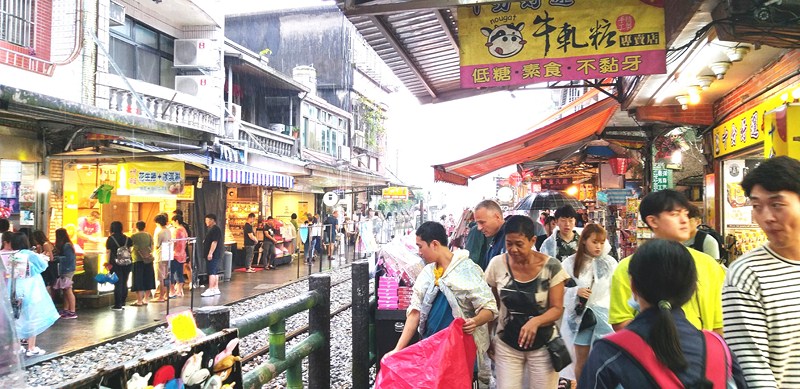
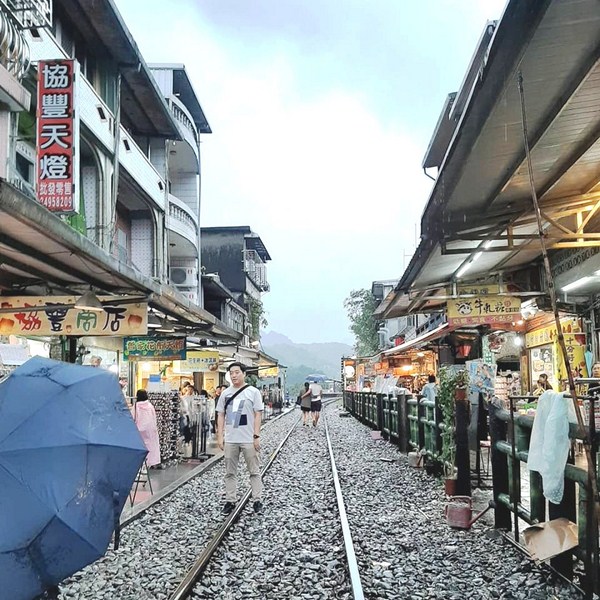
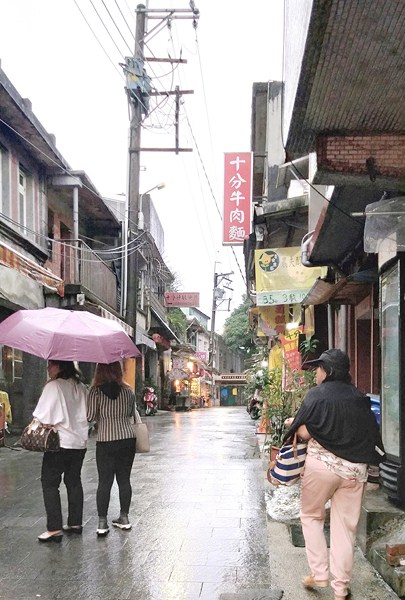
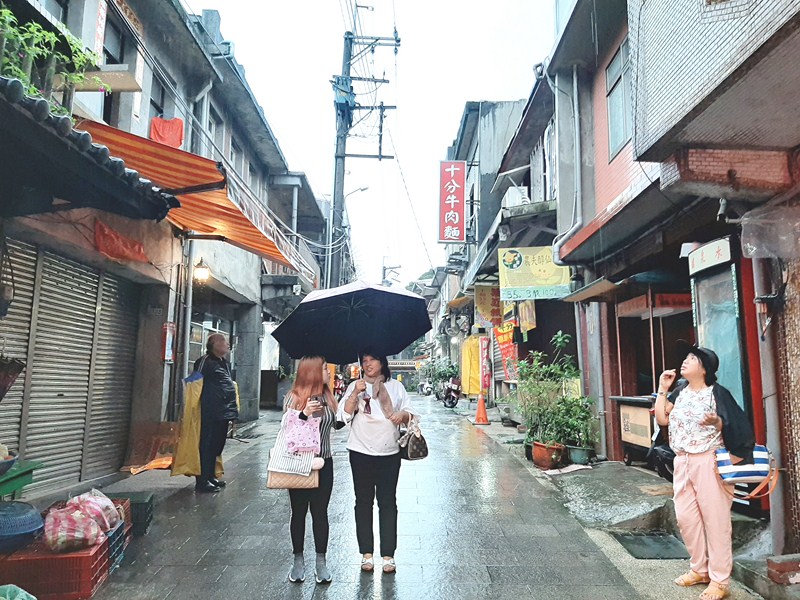
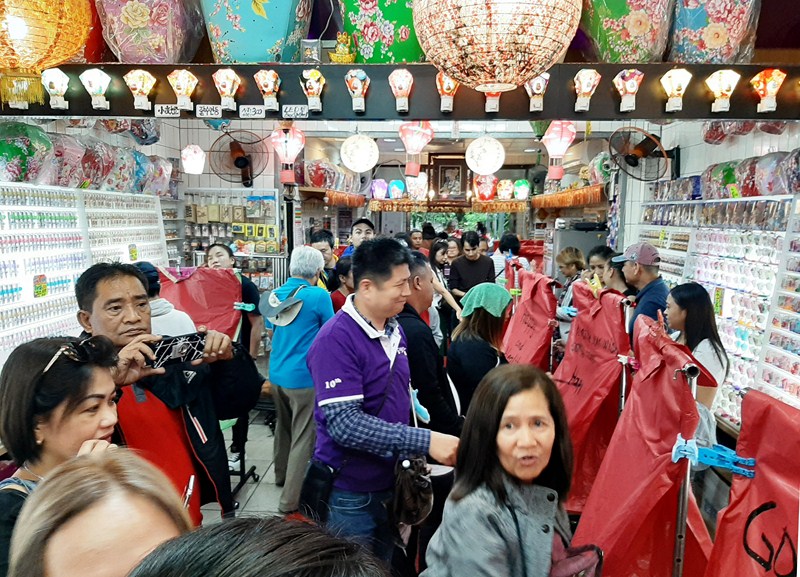
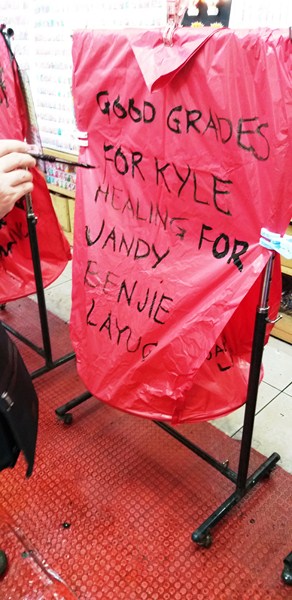
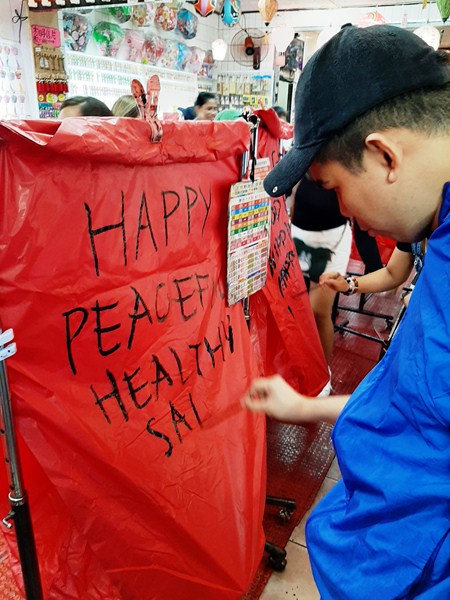
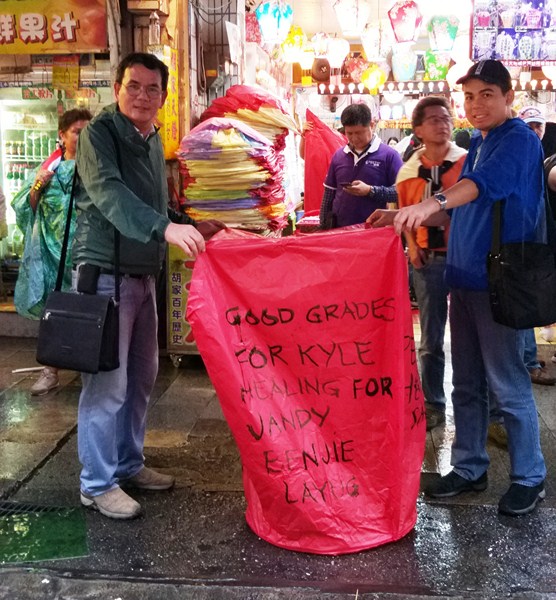
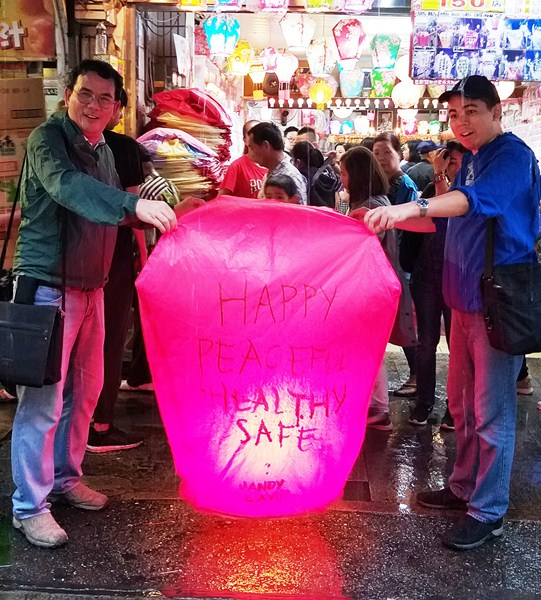
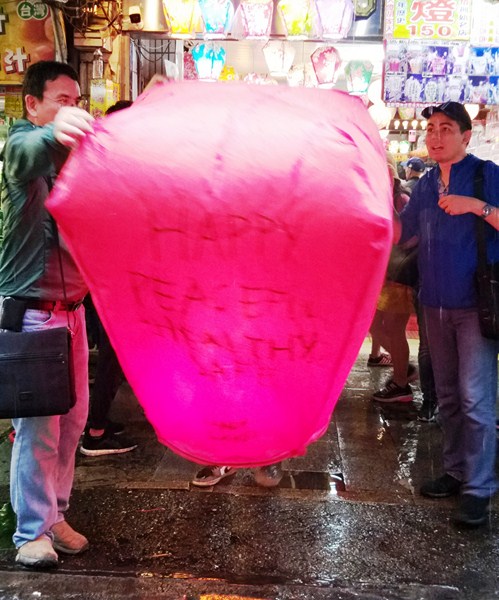
Pingback: My Homepage